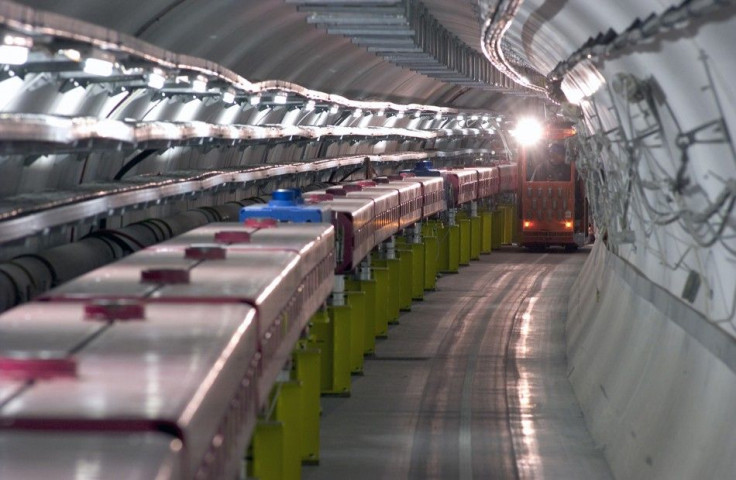Particles That Can Beat Light's Speed: Physicists Mulling Error in Time Measurement

When physicist Jim Al-Khalili from the University of Surrey said that he would eat his boxer shorts on live TV if the discovery of particles faster than light by CERN physicists proved to be correct, he might have strong reservations that nothing could challenge the laws of nature as we know them.
Did they go wrong somewhere while measuring the particles claimed to be traveling faster than light? Well, possibilities are definitely there. When Dario Autiero of the Institut de Physique Nucléaire de Lyon in France was explaining the discovery to a crowd of skeptical physicists on Friday, he was probably aware of this. He kept himself away from making any sweeping claim. Calling the discovery a discrepancy or an anomaly, Autiero said that it would not be proper to attempt any sort of theoretical interpretation of the results.
Autiero's team of physicists at CERN, outside Geneva, unveiled an experiment dubbed OPERA on Thursday that left the scientists baffled and shocked. The scientists said that they had found out one type of subatomic particles known as neutrinos that could beat the speed of light.
The scientists apparently fired a neutrino beam underground from Geneva to a laboratory in Italy. They recorded that the beam traveled a distance of 454 miles (730 kilometers) 60 nanoseconds (60 billionths of a second) faster than light. To cover the same distance, light would have taken around 2.4 thousandths of a second.
According to a spokesperson for the MINOS neutrino experiment, there could be three potential sources of error in the measurements of timing: distance errors, time-of-flight errors, and errors in the timing of neutrino production. In a paper released by the OPERA experiment and in the lecture that Autiero gave on Friday, a vast majority of the content was dedicated to discussions on how to reduce these errors. Only a small portion of the paper was dedicated to the actual detection, Wired Science reported.
If the claim proves to be true, it will roll out Einstein's theory of special relativity wrong- a theory that's the basis of the modern physics that states nothing can travel faster than light. At particle accelerators over the decades, subatomic particles are pushed to ever-higher speeds, but it takes ever more energy to attain each new fractional step toward the speed of light. Instead of going faster when driven with higher-energy accelerators, the particles get heavier. That phenomenon is described by Einstein's famous equation linking energy (E), mass (m), and the square of the speed of light (c): E=mc2, news.cnet.com reported.
Even the scientists, who were part of the experiment, were surprised at the findings. They emphasized on the need of checking the data carefully before drawing any conclusions.
It would be the biggest physics discovery in a century because we'd have to completely revise everything from subatomic physics to what we know about how the universe evolved, Neil Turok, director of the Perimeter Institute for Theoretical Physics in Ontario, Canada, told the Wall Street Journal.
Many physicists like Turok are skeptical and mulling the development as it could have an unprecedented impact on our understanding of science and the world around us.
© Copyright IBTimes 2024. All rights reserved.












